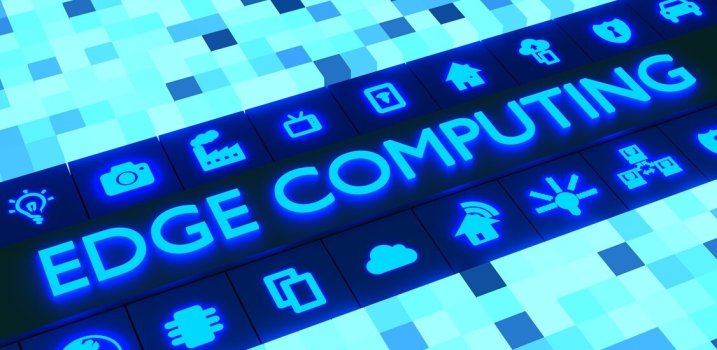K
Kathleen Martin
Guest
Edge computing is transforming multiple industries by connecting the unconnected. It is enabling new business models, new revenue streams, innovative software service models and new technological use cases. No wonder there are so many startups in this space in a short time while already existing technological giants are transforming to adapt to Edge.
But how is edge computing categorized, what factors determine Edge computing?

Edge Computing connectivity to Core Datacenters according to IDC
How is Edge Computing Classified?
The main value-add provided by Edge is that it brings compute closer to the end user devices where the data is being generated there by reducing the time needed to process & act upon the data. To do that Edge needs to be highly disaggregated into multiple layers of access points based on some of these aspects below:
Continue reading: https://www.thefastmode.com/expert-opinion/23002-what-are-various-types-of-edge-computing-that-exist-today
But how is edge computing categorized, what factors determine Edge computing?

Edge Computing connectivity to Core Datacenters according to IDC
How is Edge Computing Classified?
The main value-add provided by Edge is that it brings compute closer to the end user devices where the data is being generated there by reducing the time needed to process & act upon the data. To do that Edge needs to be highly disaggregated into multiple layers of access points based on some of these aspects below:
- physical location
- security & privacy requirements
- round trip latency
- connectivity management
- scale requirements
- on premises requirements
- data locality
- real time communication requirements
- proximity to the end user
- service capabilities and many more.
Continue reading: https://www.thefastmode.com/expert-opinion/23002-what-are-various-types-of-edge-computing-that-exist-today

